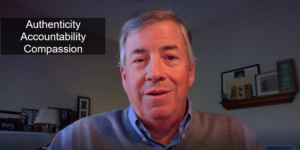UNFREEZE BEFORE YOU CHANGE FOR GREATER SUCCESS
Welcome to our CEO, Tom Reeves, as he shares the 1st of 4 blogs with ideas to consider. Add your reactions to the post below and use the the contact button above so we can continue the discussion!
Early in my career, whenever I saw an opportunity for improvement, I would immediately try and implement a change. Unfortunately, most of those efforts ran into tremendous resistance. That is because I was violating Kurt Lewin’s Change Management Model. Kurt Lewin was a German-American psychologist and is recognized as one of the pioneers of applied psychology and organizational development and change. While Lewin conducted his research and work in the first half of the 20th Century, his impact is felt nearly a century later.
Lewin’s Change Management Model consists of three parts – Unfreeze à Change à Refreeze.
Lewin observed organizational leaders, seeing the need for change, would begin to immediately implement changes and would face tremendous resistance. In Lewin’s three-step model, he suggests that prior to changing, organizations must “unfreeze” their current state. This unfreezing process creates a dissatisfaction with the current state of the organization.

Source: https://www.mindtools.com/pages/article/newPPM_94.htm


 that matter even as we all work in this new lifespace. Being remote opens new possibilities to lead from a place of authenticity, accountability, and compassion so use the techniques to make a positive impact.
that matter even as we all work in this new lifespace. Being remote opens new possibilities to lead from a place of authenticity, accountability, and compassion so use the techniques to make a positive impact.